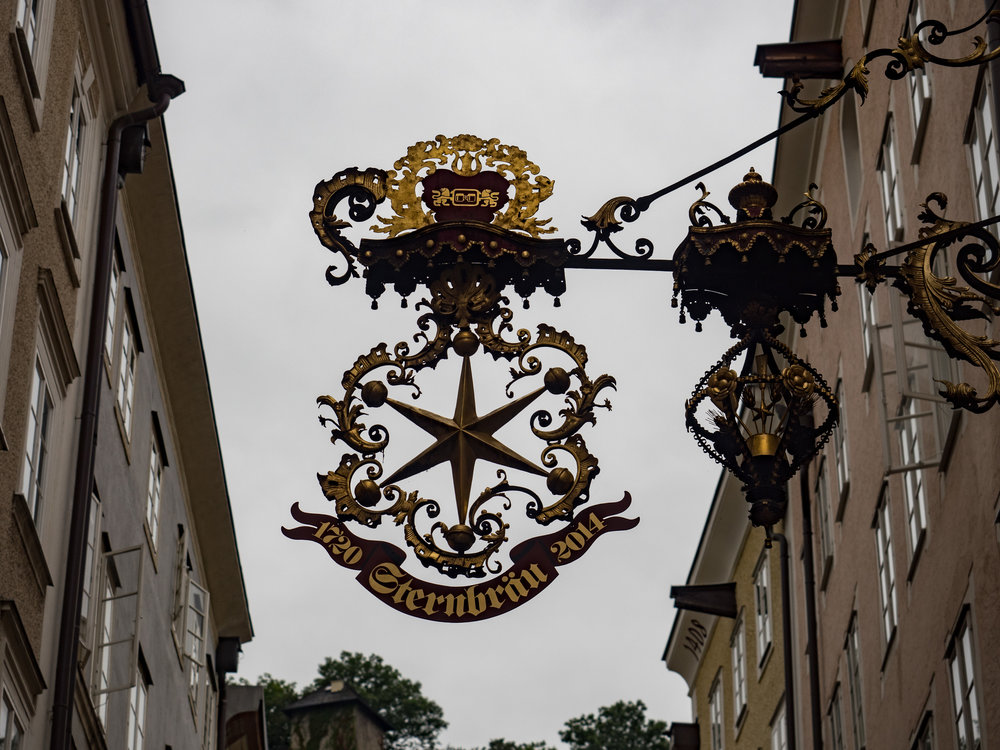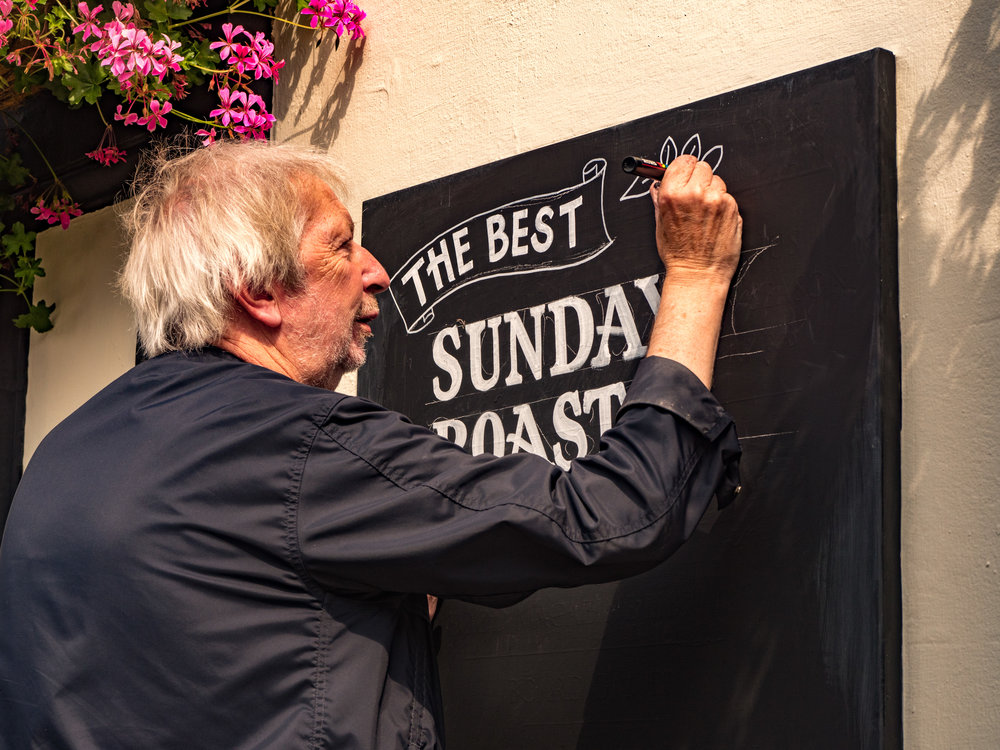
These days photographers have the choice of a wide range brilliant camera systems, from 1in sensors up full-frame, or, even, the increasingly affordable medium format digital. There is also a wide choice of fixed lens compacts to choose from, including the Leica Q and the Sony RX100 series. But what should you pick up as the ideal travel companion? The Fuji GFX is hardly going to be top of the list, I suspect.
David, who writes as The Cotswold Photographer is clear on his choice of travel gear. For his money, it’s a micro four-thirds every time. Why? He provides seven reasons to choose the smaller sensor, and they’re not all based on weight and size considerations, although that does head the list:
- Size and weight
- Image quality
- Wide choice of lenses
- Electronic viewfinder
- Image stabilisation
- Discretion
- Video

I’m not a videographer (yet) so that aspect doesn’t particularly influence me. Nor am I convinced that EVF should be in the list — you get good viewfinders on most mirrorless cameras these days. But I’m with David on the rest. Micro four-thirds does offer one of the strongest and most varied ranges of lenses of any system. You’re not restricted to own-brand lenses as you are with, say, Fuji. There’s a massive choice from many manufacturers, including Leica.
Image stabilisation on some m4/3 cameras, including the Olympus OM-D E-M1 and the new Panasonic G9 is second to none; and being able to use dual systems, by combining the lens and camera stabilisation, is a notable benefit. Size and weight is a given. Even if you choose a bulky body such as the Lumix G9 you still benefit from the compact lens system. But if you go for a small body, such as the Olympus PEN-F, you can definitely add discretion to the list of benefits.

In the final analysis, though, we come down to image quality. While the m4/3 sensor loses out in terms of area, the manufacturers have made impressive advances in squeezing the best out of the available real estate. As David says, prints up to 30x20in at gallery quality are more than good enough for most people. “What more do you need?,” he asks.
It’s a question you should ask yourself. If you are looking to cut down system size and weight it pays to take a look at micro four-thirds.
What do you think? Does micro four-thirds make the optimum travel system or do you think it pays to carry a system with a bigger sensor? All contributions gratefully received….
Read the full story from the Cotswold Photographer here
_____________

Excellent summary of an excellent article, Mike. I’m at last convinced on the MFT front! – especially by the point about dual stabilisation and the effect on shutter speed and therefore ISO. However having committed to NEX/a6000+ and Zeiss, I can’t see myself going OMD just yet. Would need a clearance sale!
Hi John,
Don’t let me influence you. The Sony APS-C cameras are excellent and you are not necessarily going to see any great benefit from switching, other than the size/weight issue. I hope to get the new Lumix G9 for review in February and it will be interesting to see how that goes in comparison with the Lumix GX8 that I’ve been using for the past 18
months.